Blog
Page 5 of 152
Security Misconfigurations: Definition, Causes, and Avoidance Strategies
Misconfigured security settings can be disastrous for a company’s cybersecurity. In 2019, for example, a researcher discovered a security misconfiguration in the popular project management tool Atlassian JIRA that allowed him to access a vast amount of confidential data from companies that used JIRA. Unfortunately, Atlassian’s error is all too common. Configuration errors were responsible for almost […]

September 25, 2024
What is the Importance of Internal Controls in Corporate Governance Mechanisms?
At the core of business management are the rules, practices and processes that define how your organization is directed, operated and controlled. This system, known as corporate governance, is aimed at creating more ethical business practices by aligning the interest of your organization’s stakeholders. In today’s business environment, the more ethical-and transparent-your organization is about […]
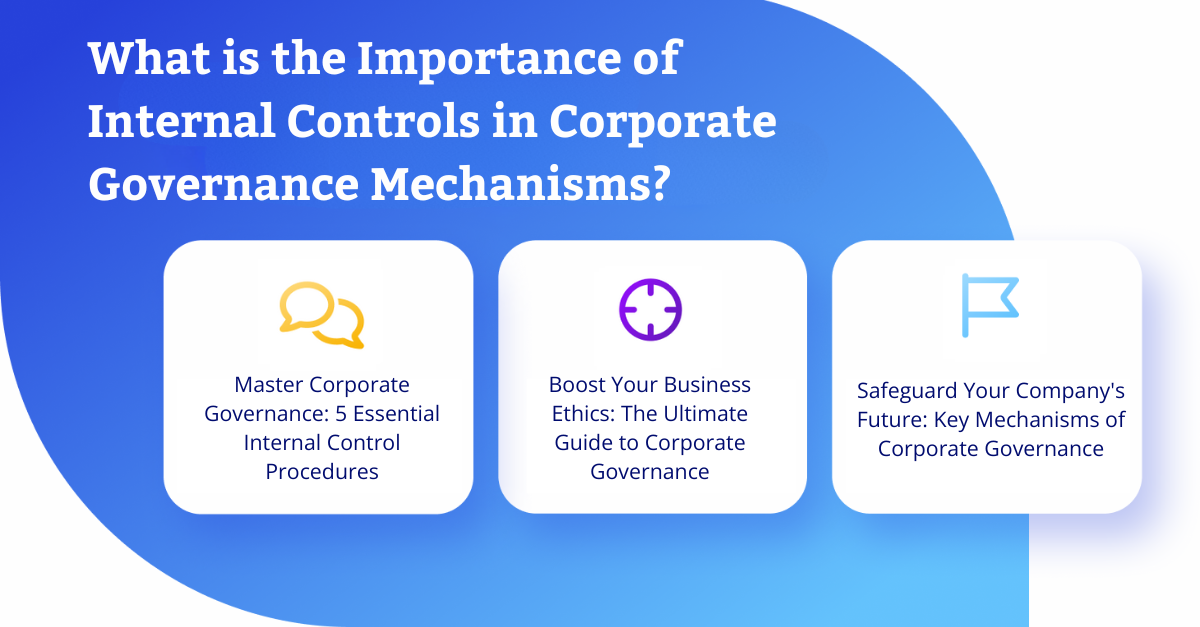
Tags: Risk Management
5 Step Risk Management Process
5 Step Risk Management Process At its core, risk management is about identifying risks and guarding against them. It gives organizations a plan of action to determine which risks are worth taking and which aren’t to assure better outcomes for their bottom lines. This post will outline the five steps of risk management that you […]
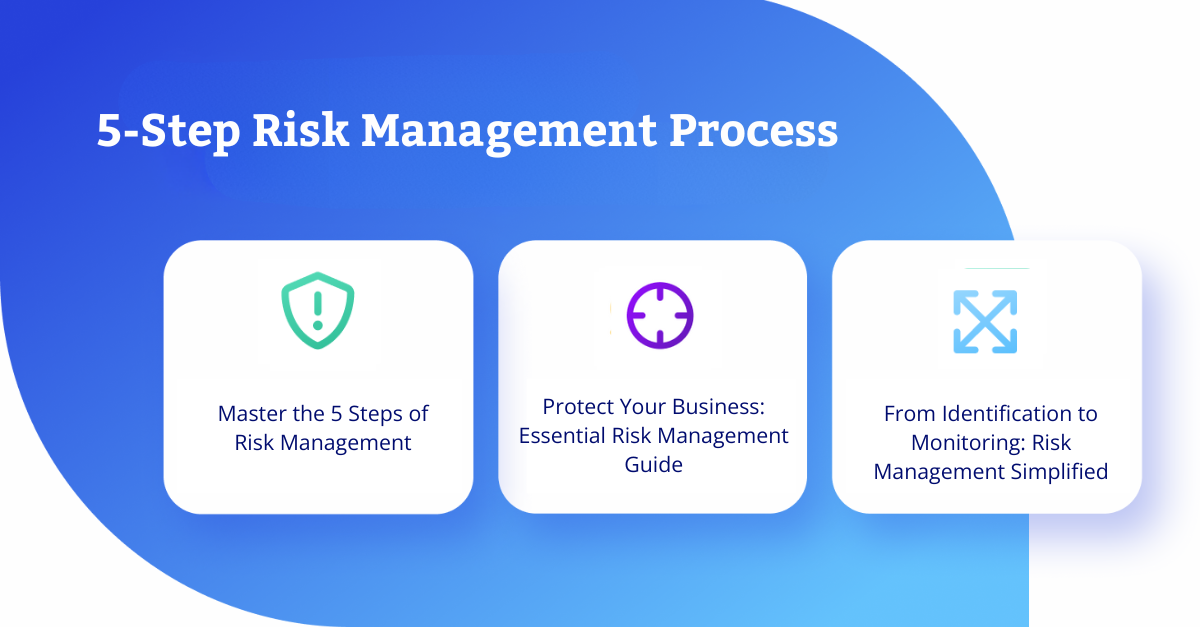
Tags: Risk Management
Guide to COSO Framework and Compliance
Intro The Committee of Sponsoring Organizations of the Treadway Commission’s (COSO) framework for internal business controls helps organizations ensure that their financial statements are accurate, their assets and stakeholders are protected from fraud, and their operations are running efficiently and effectively. Its guidance encompasses the entire organization, from auditing to IT. COSO also helps organizations […]
Tags: Audit Management, Compliance, COSO
What Are the Key Risk Indicators for Banks?
Banks around the world have high-risk exposure from various sources. As we all learned from the financial crisis in 2008, risks in the financial industry can have a massive impact on the worldwide economy. To monitor against those threats, banks need to employ key risk indicators. A key risk indicator (KRI) is a metric that monitors the […]
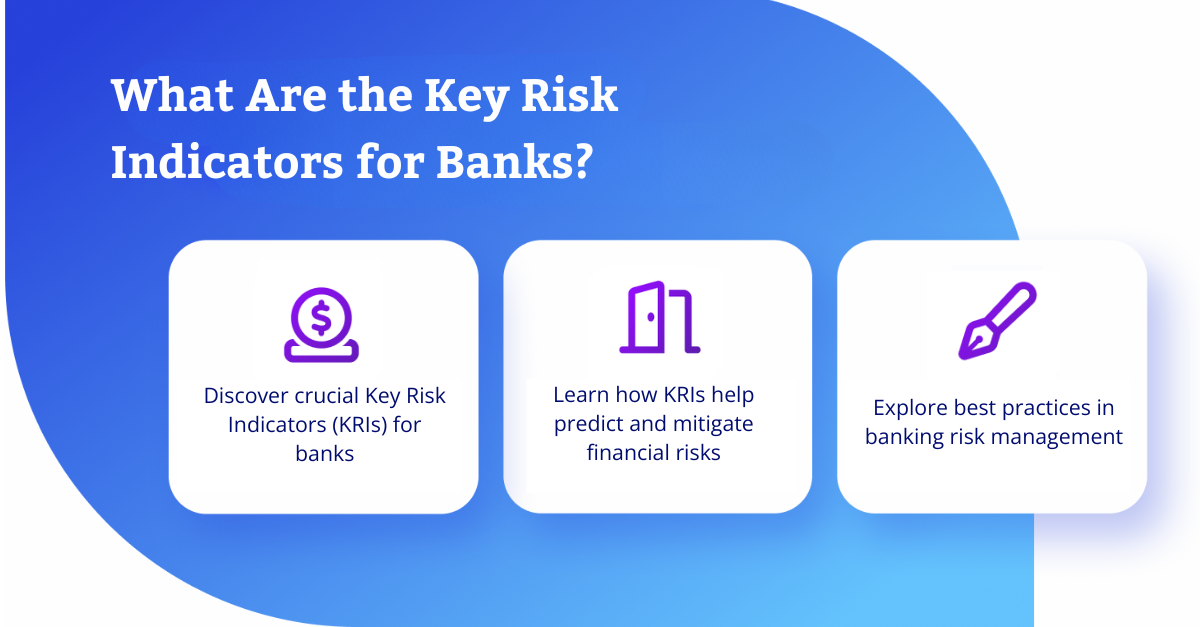
Tags: Financial Services, Risk Management
September 24, 2024
Checklist for Third-Party Risk Assessments
Amid escalating data breaches and supply chain attacks, businesses are placing an unprecedented emphasis on third-party risk management. That’s a logical and prudent idea, but achieving this level of security requires a comprehensive approach — which makes a checklist for third-party risk assessment indispensable. In this article, we’ll explore what that checklist for third-party risk […]

Tags: NIST, Third-Party Management
Assessing Business Risks Associated With Change
Change is a necessary and inevitable part of business, whether it relates to new technology, the socio-economic climate, the competitive landscape, or the regulatory environment. That also includes external shocks such as pandemics, weather disasters, and, regrettably, war and terrorist strikes. An organization facing change can adapt to it with an effective change management program. […]
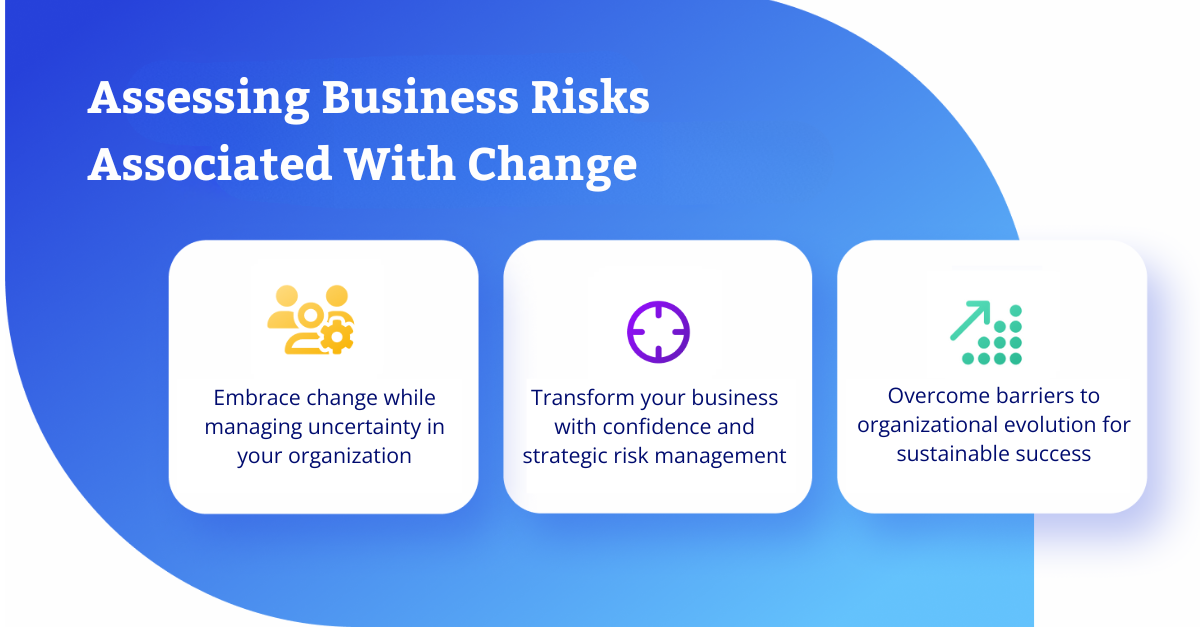
Tags: Risk Management
Top 7 Vulnerability Mitigation Strategies
Top 7 Vulnerability Mitigation Strategies Key Takeaway: Effective vulnerability mitigation requires a systematic approach that includes threat identification, implementation of security controls, endpoint protection, patch management, incident response planning, continuous monitoring, and automated tools to protect against evolving cyber threats. Quick Navigation Key Terms Vulnerability: Any flaw or weakness in systems, security procedures, or controls […]
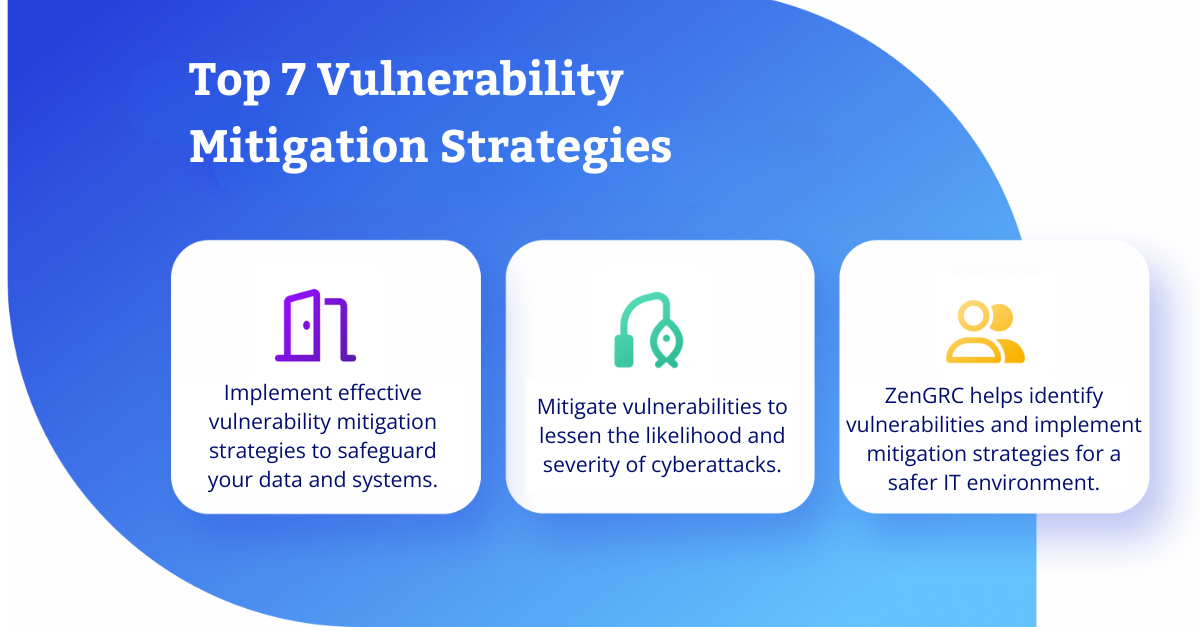
Tags: NIST, Risk Management
Complementary User Entity Controls, Explained
Most security, audit and compliance professionals are already acquainted with System and Organization Controls (SOC) and SSAE 18 audits. There is, however, another category of controls that needs attention too: Complementary User Entity Controls (CUECs). CUECs are a subset of service organization controls, and exist on a user-entity level — that is, at the level of organizations […]
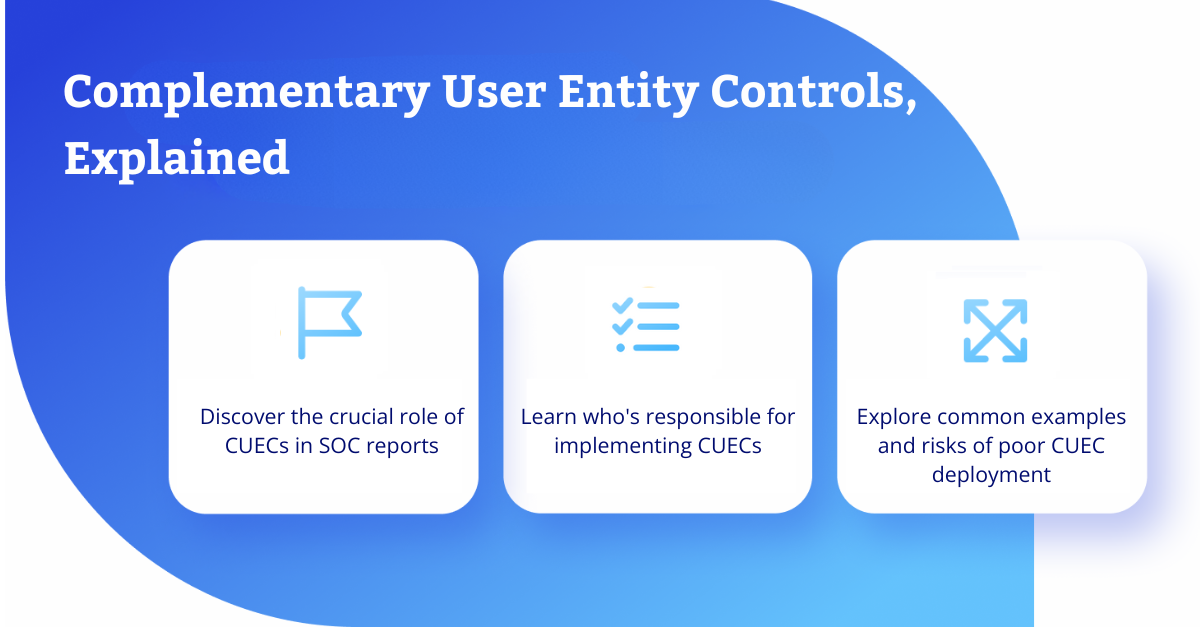
What You Need to Know About Security Compliance Management
Security compliance management is that set of policies, procedures, and other internal controls that an organization uses to fulfill its regulatory requirements for data privacy and protection. Put another way, security compliance management is a subset of regulatory compliance management that specifically addresses data protection. Clearly security compliance management is important. Without it, a company risks all […]
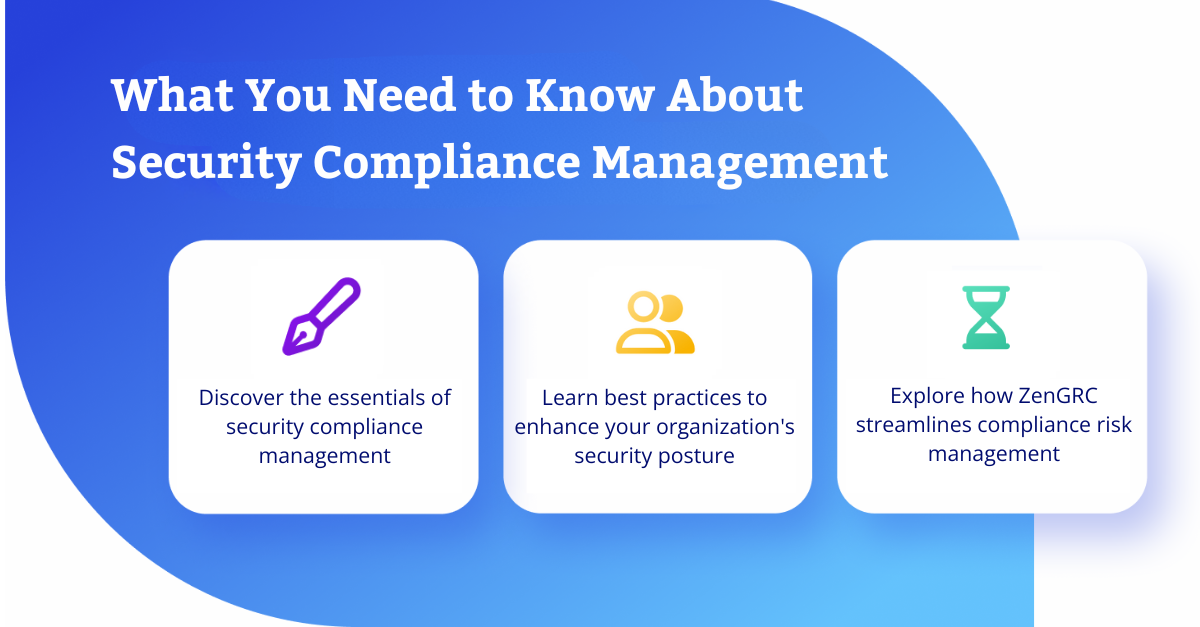
Tags: NIST
Page 5 of 152
